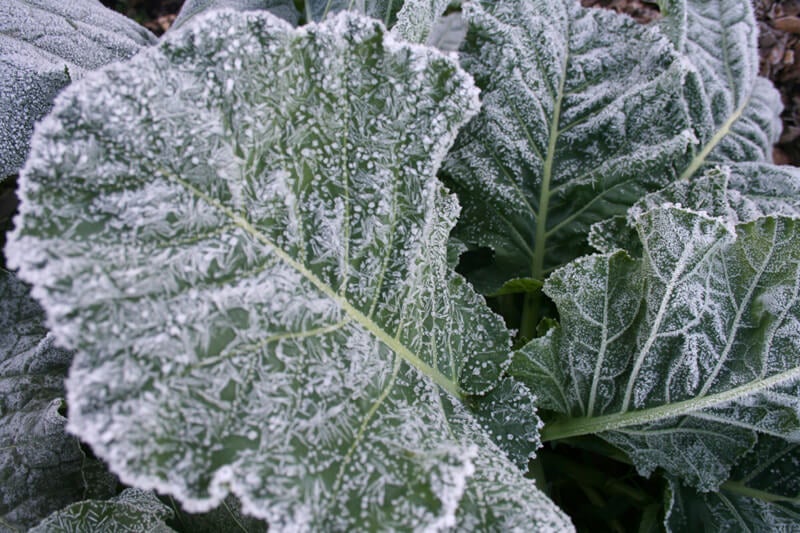Because a vegetable needs either warm or cool weather, crops sort themselves into two distinct categories: cool season (for spring and fall) and warm season (for summer). Planting in the proper season is the first step to a bountiful garden. And no matter what the season, you'll get the most amazing results when you treat your plants to premium-quality soil and plant food. We recommend planting in Miracle-Gro® Garden Soil for Vegetables and Herbs (for in-ground gardens) or Miracle-Gro® Potting Mix (for container gardens), and feeding regularly with Miracle-Gro® Water Soluble Plant Food for Vegetables and Herbs. Plus, skip the seeds in favor of Bonnie Plants® vegetables and you'll be that much closer to harvest!
Spring and Fall Vegetables
Plant the hardy and semi-hardy vegetables below in early spring for spring harvests and again in late summer for fall harvests. These transplants should appear in your local garden centers at the right planting time. If you prefer a calendar, each state Extension service usually publishes a guide listing planting dates for all the vegetables. You can search the Web for your state's calendar and contact information for your regional Extension agent.
Hardy Vegetables
These tolerate hard frosts (usually 25 to 28 degrees F). They are good for spring and fall gardens. The hardiest–kale, spinach, and collards–can tolerate temperatures in the low 20s and high teens. All taste best when they mature in cool weather, so they are very well suited to late summer planting for fall harvests. Harvest extends into winter in the Southeast, Southwest, and Pacific Northwest. See the color coded USDA Frost Map for the median date of the first freeze throughout various regions of the US. This will give you an idea of just exactly how long your harvest season will last, because many of these hardy vegetables will continue in the garden for weeks after the first hard frost. It's amazing. When you see this, you wonder "why doesn't everyone plant a fall garden?"
- Broccoli
- Brussels sprouts
- Cabbage
- Collards*
- English peas
- Kale
- Kohlrabi
- Leeks
- Mustard greens
- Parsley
- Radish
- Spinach
- Turnip
*Swiss chard and collards taste best in the cool of spring and fall, but will hang on during summer heat, too.

Summer Vegetables
Plant these in high spring, after the threat of frost is past. These tender vegetables need warm weather (65 to 90 degrees F) to grow and are killed by frost. They are for summer gardens only (except in the nearly frost-free climates of zones 9b and 10).
- Beans
- Corn
- Cucumber
- Eggplant
- Gourds
- Melons
- Okra
- Peppers
- Pumpkins
- Southern peas
- Summer squash
- Sweet potatoes
- Tomatoes





 Herbs
Herbs
 Vegetables
Vegetables
 Fruit
Fruit
 Flowers
Flowers
 Succulents
Succulents


